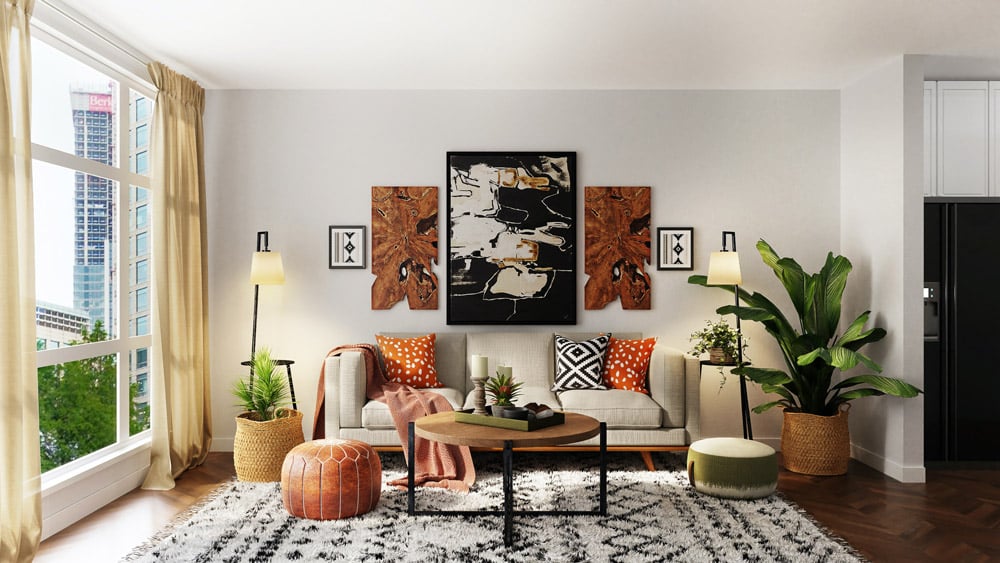
Artists need the right surfaces to work on, and for many, that means a canvas on a wooden frame. Whatever size you’re working on, knowing how to stretch a canvas is important. Stretching a canvas means mounting a piece of canvas over a frame so that it’s tight and flat, creating the ideal surface for painting on. Stretching the canvas also means it’s easier to frame a finished work. Knowing how to stretch a canvas is useful for any artist, particularly those who work with unusual shapes and sizes. This blog explains the basic steps and answers “what is canvas stretching?”
1. GATHER THE NECESSARY TOOLS
Stretching a canvas requires a few tools. It’s helpful to get these items together before beginning. Tools to have on hand are:
- Hammer
- Staples
- Heavy-duty stapler
- Stretcher bars or a wooden frame
- Water in a spray bottle
- Sharp utility knife
2. CHOOSE WHETHER TO USE STRETCHER BARS OR A FRAME
Depending on the canvas you’re making, you’ll need either stretcher bars or a frame. A frame is a ready-made wooden shape. Stretcher bars are the individual pieces that you use to create the frame yourself. This can be useful if you’re working with an unusual shape or size.
3. CUT YOUR CANVAS
Size is vital when you’re cutting canvas. It’s advisable to cut the canvas about 18cm wider than the frame so you can properly wrap it around. Any excess can be trimmed away later.
4. CENTRE THE FRAME ON THE CANVAS
Lay the canvas on a flat surface and place your frame centrally on it. You can measure how much extra material is around the outside to ensure correct placement. It’s wise to take time to smooth out the canvas at this stage and ensure it’s as flat as possible.
5. STRETCH THE LONGEST SIDES
If you’re working with a rectangular canvas, start by stretching the longest sides, beginning with the one closest to you. For square canvases, you can start with whichever side is nearest. Pull to fully stretch the canvas beneath the frame and then wrap it around the wooden part. Carefully staple the canvas onto the reverse of the frame. Repeat this for the other long side.6. LIGHTLY SPRAY THE CANVAS WITH WATER
When two sides are secure, lightly spritz the canvas with water. This increases shrinkage and tightens the canvas.
7. STRETCH THE REMAINING SIDES
You can now repeat the stretching process with the other sides. Pull them towards you to make them as tight against the frame as possible, fold the excess material over the edge, and staple it to secure it.
8. STRETCH THE CORNERS
Now repeat the process for each corner, pulling tightly and adding a staple once it’s properly stretched. Repeat this around every corner so that they tightly fit the frame.
9. FOLD THE EXCESS MATERIAL
You’ll have layers of material at each corner so tuck one neatly under the other and staple to secure each one. This is the last stage of stretching so ensure that you pull on it tightly.
10. HAMMER IN THE STAPLES
Your staples should be secure but use your hammer to ensure they’re won’t become loose. Gently hammer each one into the frame until they are tightly embedded in the wood.
GET IN TOUCH
Stretching a canvas isn’t just for paintings – it’s also important for prints on canvas. We offer archival quality giclée canvas prints designed to last at least 100 years. We can custom print canvases of any size. Look at what we do or get in contact to learn more.
